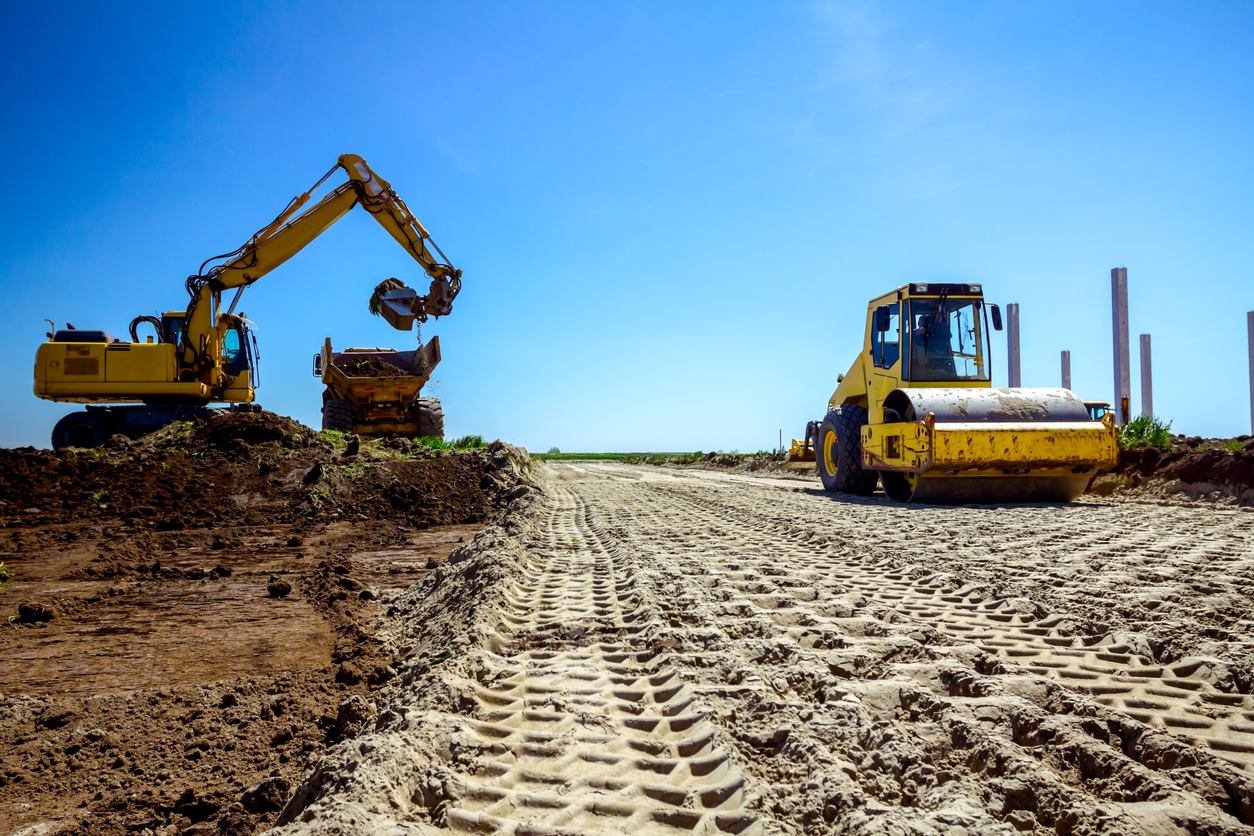Discover the Best Rental Company Near Me for Equipment
Discover the Best Rental Company Near Me for Equipment
Blog Article
Renting Out Vs. Acquiring Construction Devices: Making the Right Selection for Your Task
When getting started on a building job, one of the vital decisions that forecast supervisors and stakeholders face is whether to rent or get building equipment. Both options have their advantages and downsides, making the selection a crucial one in the job planning procedure. The choice rests on various variables such as price factors to consider, task duration, devices maintenance, flexibility, scalability, and threat management. Each element plays an important function in establishing the most ideal path for the project's tools demands. boom lift rental. Allow's discover these aspects additionally to comprehend just how they influence the decision-making procedure and eventually the success of the task.
Cost Considerations
When reviewing the economic element of acquiring versus leasing construction equipment, the upfront costs and long-lasting expenditures should be meticulously thought about. Leasing devices usually requires reduced preliminary settlements contrasted to buying, making it an attractive alternative for short-term jobs or contractors with budget plan constraints. Renting out eliminates the need for huge capital outlays and lowers the economic risk connected with tools possession, such as maintenance and devaluation costs. However, over time, consistently renting tools can accumulate greater expenses than purchasing, especially for prolonged tasks.
On the various other hand, getting building equipment involves greater upfront costs but can cause long-term cost savings, specifically for constant customers or long-term projects. Having equipment gives versatility, ease, and the possibility for resale value once the job is finished. Additionally, having tools enables personalization and familiarity with details machinery, possibly boosting efficiency and performance on-site. Eventually, the decision in between buying and leasing building and construction tools rests on the project's period, regularity of usage, budget factors to consider, and lasting financial goals.
Job Period

On the other hand, for long-term tasks or recurring construction job, acquiring equipment can be the more economical choice. Buying devices can cause cost financial savings in the long run, particularly if the tools will be often utilized. Furthermore, owning tools supplies a feeling of control over its availability and enables for personalization to fit specific project needs.

Equipment Upkeep
Provided the crucial role project duration plays in determining the most cost-efficient technique between renting and purchasing building and construction equipment, the focus now shifts towards analyzing the important element of devices maintenance. On the other hand, owning devices requires an aggressive strategy to maintenance to stop failures, guarantee security, and extend the devices's life-span. Ultimately, a properly maintained building and construction devices fleet, whether rented or possessed, is important for the effective and efficient conclusion of building and construction projects.
Adaptability and Scalability
In the world of building devices monitoring, the element of flexibility and scalability holds substantial value for job efficiency and source utilization. Opting to lease construction tools provides a high level of versatility as it enables the fast modification of devices types and amounts based on the evolving requirements of a task. Renting allows service providers to access a large range of customized tools that might be required for particular jobs without the lasting commitment of possession. This flexibility is particularly beneficial for jobs with varying needs or uncertain durations (aerial visit the website lift rental).
In addition, scalability, an additional crucial aspect, is inherently connected to adaptability. Renting building equipment offers the advantage of quickly scaling procedures up or down as task needs change. Specialists can quickly trade or add tools to match the task's changing requirements without the restraints of possessing possessions that may become underutilized or obsolete. This advice capability to range resources successfully can cause expense financial savings and boosted task timelines, making renting a beneficial option for tasks needing adaptability and receptive source allotment.
Risk Management
Efficient threat management in building devices procedures is paramount to making certain project success and mitigating potential monetary losses. Building and construction jobs inherently involve different dangers, such as tools failures, mishaps, and project hold-ups, which can dramatically influence the project timeline and budget. By carefully considering the threats connected with owning or renting out construction equipment, task managers can make informed decisions to decrease these possible dangers.
Renting out building tools can use a degree of threat mitigation by moving the responsibility of repair and maintenance to the rental company. This can decrease the monetary burden on the task owner in situation of unforeseen tools failings (heavy equipment rental). In addition, leasing provides the adaptability to gain access to customized tools for particular project stages, reducing the danger of having underutilized equipment
On the other hand, owning construction devices gives a feeling of control over its use and upkeep. However, this additionally implies bearing the complete obligation for repair work, upkeep prices, and devaluation, boosting the financial threats connected with tools ownership. Careful danger analysis and factor to consider of elements such as job duration, equipment application, and upkeep requirements are critical in determining one of the most appropriate choice for efficient danger management in construction jobs.
Final Thought
In verdict, when determining between getting and renting out building tools, it is essential to think about expense, project period, tools maintenance, scalability, versatility, and risk management. Each variable plays a vital duty in determining the most suitable choice for the job at hand. By very carefully evaluating these elements, project managers can make an informed decision that aligns with their budget plan, timeline, and overall task objectives.

Report this page